- Why Use Onion Husks to Sweeten Your Vegetables?
- What are Onion Husks?
- Benefits of Using Onion Husks to Sweeten Vegetables
- How to Prepare Onion Husks for Sweetening Vegetables
- Step 1: Gather Onion Husks
- Step 2: Dry the Onion Husks
- Step 3: Cut or Crumble the Dried Onion Husks
- Step 4: Store the Prepared Onion Husks
- Step 5: Use the Onion Husks to Sweeten Vegetables
- Step by Step Guide to Sweetening Vegetables with Onion Husks
- 1. Gather Ingredients and Tools
- 2. Prepare the Vegetables
- 3. Add Onion Husks to the Pot
- 4. Add Water
- 5. Optional: Add Salt
- 6. Boil the Mixture
- 7. Check for Sweetness
- 8. Remove the Vegetables
- 9. Serve and Enjoy
- Tips:
- Common Mistakes to Avoid when Using Onion Husks for Sweetening Vegetables
- Alternative Methods to Sweeten Vegetables Naturally
- 1. Roasting
- 2. Grilling
- 3. Glazing
- 4. Steaming with Fruit
- 5. Using Natural Sweeteners
- Recipe Ideas for Sweetened Vegetables with Onion Husks
- Sweet and Savory Roasted Root Vegetables
- Sweet and Tangy Asian Stir-Fried Vegetables
- Delicious Roasted Brussels Sprouts with Caramelized Onion Husks
- “Question-Answer”
- What is the secret to sweetening vegetables with onion husks?
- Which vegetables can be sweetened with onion husks?
- How do I use onion husks to sweeten vegetables?
- Are onion husks safe to eat?
- Can I use onion skins from different types of onions?
- What other benefits do onion husks provide besides sweetening vegetables?
- “Video” How To Cure Onions For Long Term Storage
Are you tired of bland and flavorless vegetables? Do you want to add a natural sweetness to your dishes without relying on artificial sweeteners or excessive amounts of sugar? Look no further than your kitchen pantry, because the secret to sweetening vegetables lies in a humble kitchen waste item – onion husks.
Onion husks, which are often discarded, can actually be used to transform the taste of your vegetables. These papery layers that protect the onion bulb contain natural sugars and compounds that can enhance the flavor profile of other ingredients. By using onion husks in your cooking, you can bring out the natural sweetness of vegetables without overpowering their original taste.
The process of sweetening vegetables with onion husks is simple. First, save the husks from your used onions and store them in an airtight container. When you’re ready to cook, add the onion husks to a pot of water and bring it to a boil. Let it simmer for about 15-20 minutes to allow the flavors to infuse the water. Then, use this flavored water to cook your vegetables.
Not only do onion husks offer a natural and healthy way to sweeten your vegetables, but they also contribute to reducing food waste and the environmental impact of discarded kitchen scraps. So the next time you’re chopping onions, don’t throw away those papery layers – instead, put them to good use and enjoy the delicious sweetness they bring to your vegetable dishes.
Why Use Onion Husks to Sweeten Your Vegetables?
Adding sweetness to vegetables can make them more enjoyable to eat and can help balance out any bitterness or earthiness. One way to achieve this sweetness is by using onion husks. Here are a few reasons why you should consider using onion husks to sweeten your vegetables:
- Natural and Waste-Free: Using onion husks as a sweetener is a natural and waste-free method. Instead of throwing away the husks, you can repurpose them to enhance the flavor of your vegetables.
- Cost-Effective: Onion husks are readily available and often discarded, making them a cost-effective option for sweetening vegetables. This method allows you to add sweetness without having to purchase additional ingredients.
- Mild Onion Flavor: Onion husks can infuse your vegetables with a mild onion flavor, adding depth and complexity to your dishes. The flavor is not overpowering and can complement a wide range of vegetables.
- Easy to Use: Using onion husks to sweeten vegetables is a simple process. All you need to do is add the husks to your cooking pot or dish while the vegetables are cooking. The husks will release their natural sugars, giving the vegetables a touch of sweetness.
- Enhances Natural Flavors: The natural sugars present in onion husks can enhance the natural flavors of your vegetables. Whether you are roasting, sautéing, or steaming, adding onion husks can bring out the best flavors in your vegetables.
Overall, using onion husks to sweeten your vegetables is a practical, cost-effective, and flavorful way to enhance your meals. Give it a try and discover the secret to sweeter and more delicious vegetables!
What are Onion Husks?
Onion husks are the papery outer layers that surround the fleshy, edible part of an onion. They are thin, dry, and typically reddish-brown or yellowish-brown in color. While most people discard onion husks when preparing onions for cooking, they can actually be used to add flavor and sweetness to various dishes, particularly when it comes to cooking vegetables.
The outer layers of the onion, which include the husks, protect the inner layers from damage and help keep the onion fresh. They serve as a natural barrier against pests and environmental factors such as light and moisture. Although onion husks are not typically consumed directly, they have been found to contain certain compounds that can enhance the flavor of other foods.
One such compound found in onion husks is quercetin, which is a flavonoid known for its antioxidant properties. Quercetin is believed to have various health benefits, including anti-inflammatory effects and the ability to scavenge harmful free radicals in the body. When used in cooking, the quercetin in onion husks can infuse the dish with a subtle sweetness.
Using onion husks to sweeten vegetables is a simple and cost-effective technique that can be done by simply adding them to the cooking process. For example, when boiling vegetables such as carrots or potatoes, adding a handful of onion husks to the pot can help enhance their natural sweetness without the need for added sugar or unhealthy seasonings.
Additionally, onion husks can be used to make onion broth, which can be used as a base for soups, stews, and sauces. To make onion broth, simply simmer onion husks in water for about 30 minutes to an hour, strain out the husks, and use the resulting flavorful liquid in your recipes.
Overall, onion husks are a versatile ingredient that can be used to add flavor and sweetness to a variety of dishes, particularly when it comes to cooking vegetables. By incorporating them into your cooking routine, you can discover the secret to enhancing the natural flavors of your favorite vegetables in a healthy and delicious way.
Benefits of Using Onion Husks to Sweeten Vegetables
Using onion husks to sweeten vegetables can bring numerous benefits to your cooking. Here are some of the advantages of incorporating onion husks into your culinary endeavors:
- Natural Flavor Enhancement: Onion husks contain natural sugars that can enhance the sweetness of vegetables without the need for added sugars or artificial sweeteners.
- Cost-effective: Onion husks are often discarded as waste, but using them to sweeten vegetables is a budget-friendly way to add flavor to your dishes.
- Environmental Sustainability: Repurposing onion husks reduces food waste while providing a delicious and eco-friendly method of sweetening vegetables.
- Health Benefits: Onion husks contain antioxidants and dietary fiber, which can contribute to a healthy diet and promote digestive health.
- Versatility: Onion husks can be used to sweeten a wide variety of vegetables, including root vegetables, leafy greens, and even fruits.
By utilizing onion husks to sweeten vegetables, you can enhance the flavors of your dishes while embracing sustainability and enjoying the health benefits that onion husks provide.
How to Prepare Onion Husks for Sweetening Vegetables
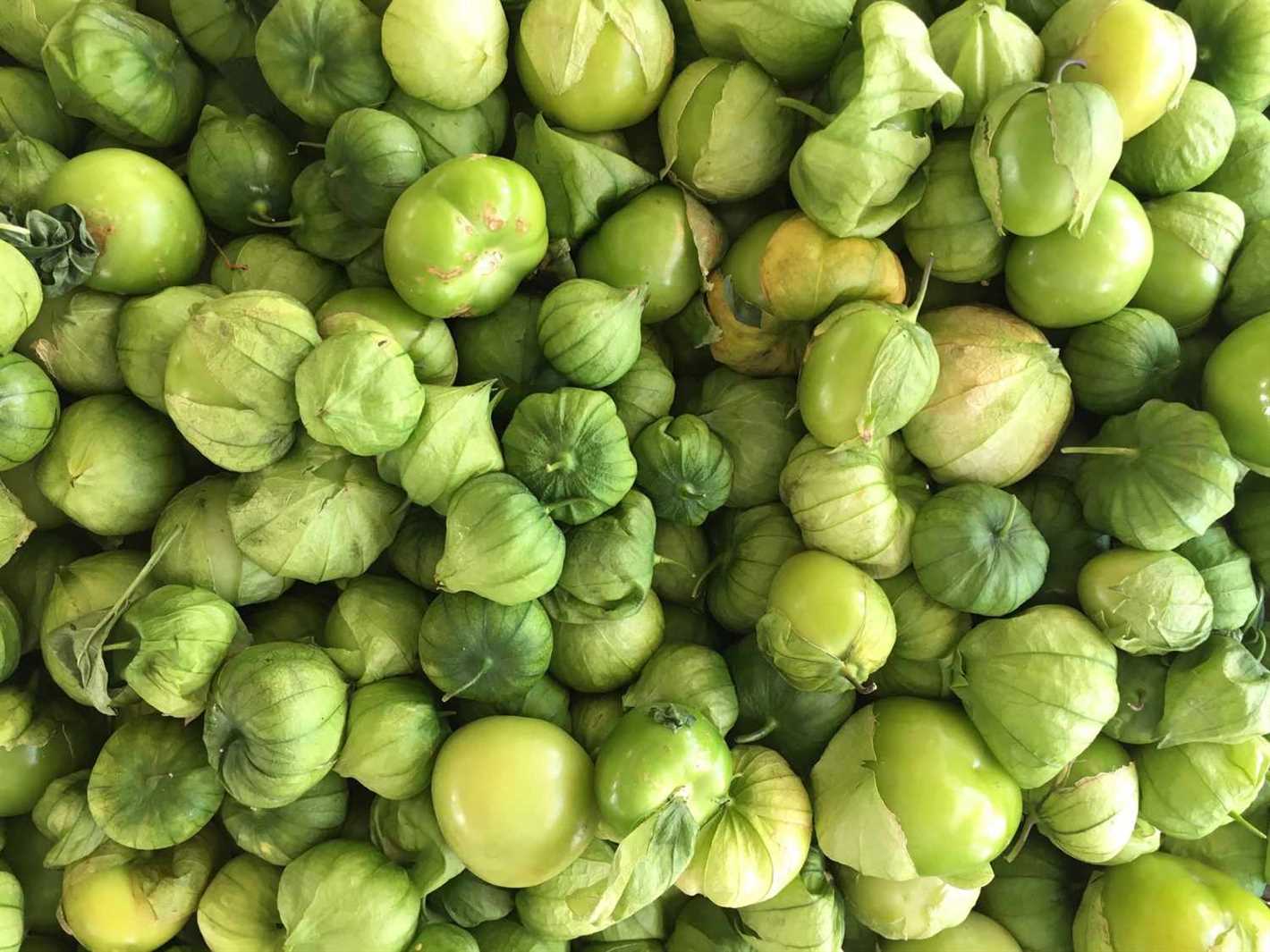
Step 1: Gather Onion Husks
Start by collecting onion husks from onions that you have already used in your cooking. Save them in a dry place until you have enough to use for sweetening your vegetables.
Step 2: Dry the Onion Husks
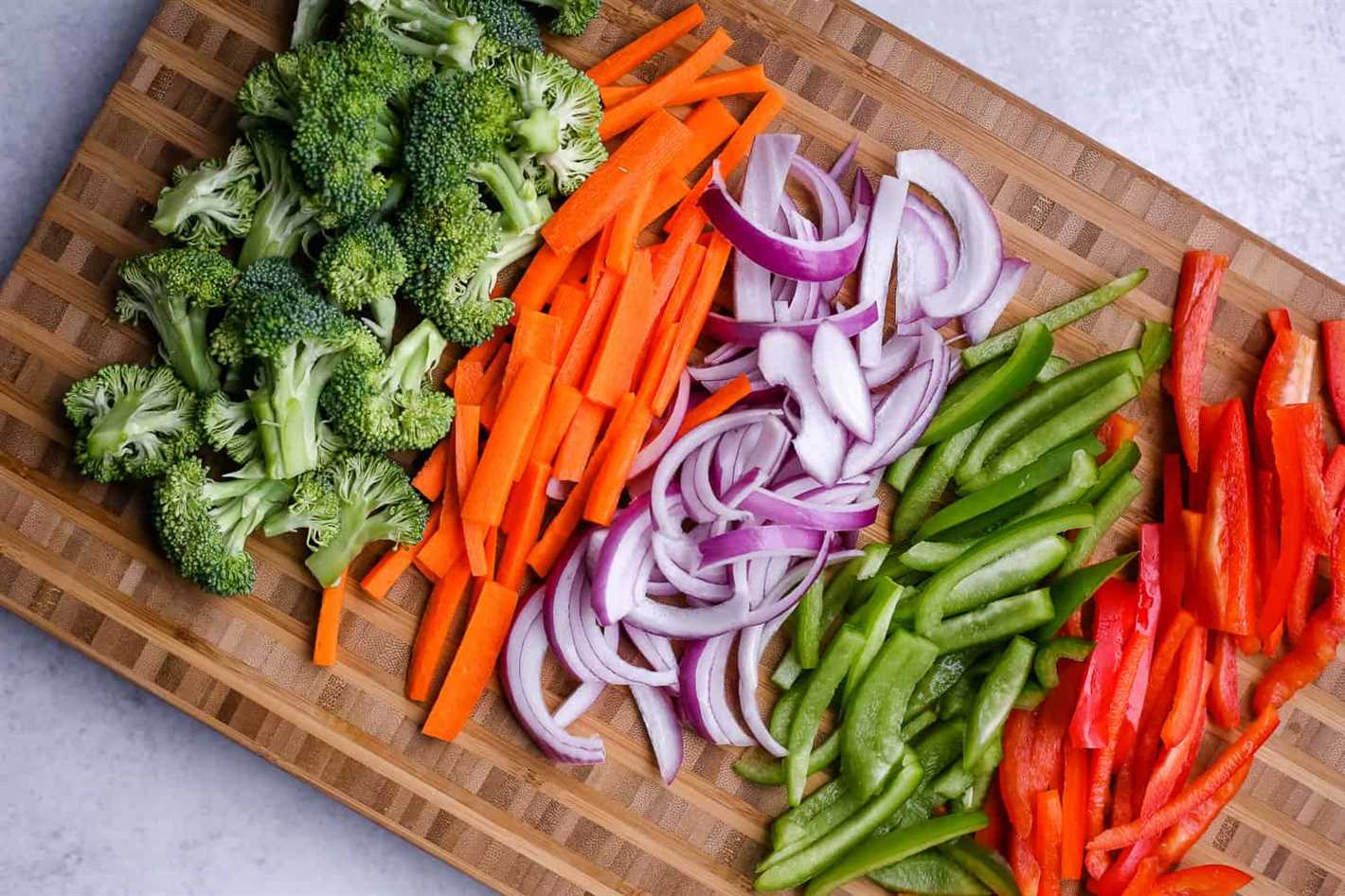
Spread the onion husks on a clean and dry surface, such as a baking sheet or a tray. Allow them to air dry for several days until they become crisp and brittle. You can also speed up the drying process by placing them in a low-temperature oven.
Step 3: Cut or Crumble the Dried Onion Husks
Once the onion husks are completely dry, you can either cut them into smaller pieces or crumble them using your hands. The size of the pieces or the level of crumbling depends on your personal preference and the type of vegetables you will be sweetening.
Step 4: Store the Prepared Onion Husks
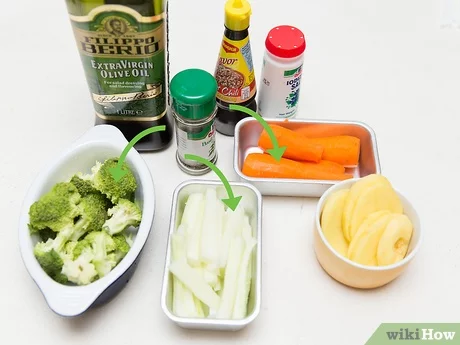
Transfer the cut or crumbled onion husks to an airtight container or a resealable bag for storage. Make sure to label the container or bag with the date of preparation to keep track of freshness. Properly stored onion husks can stay usable for several months.
Step 5: Use the Onion Husks to Sweeten Vegetables
To sweeten vegetables with onion husks, simply add a handful of the prepared husks to the cooking water or steaming liquid when cooking the vegetables. The onion husks release natural sugars during the cooking process, resulting in sweetened and flavorful vegetables.
Note: Keep in mind that the sweetness and flavor imparted by the onion husks can vary depending on the type and freshness of the husks, as well as the cooking time and method used for the vegetables. It is recommended to experiment with different amounts of onion husks and cooking techniques to find the desired level of sweetness. Enjoy your sweetened vegetables!
Step by Step Guide to Sweetening Vegetables with Onion Husks
1. Gather Ingredients and Tools
Before you start sweetening your vegetables with onion husks, make sure you have the following ingredients and tools:
- Fresh vegetables of your choice
- Onion husks
- A large pot
- Water
- Salt (optional)
2. Prepare the Vegetables
Wash and peel the vegetables you want to sweeten. Cut them into desired shapes and sizes.
3. Add Onion Husks to the Pot
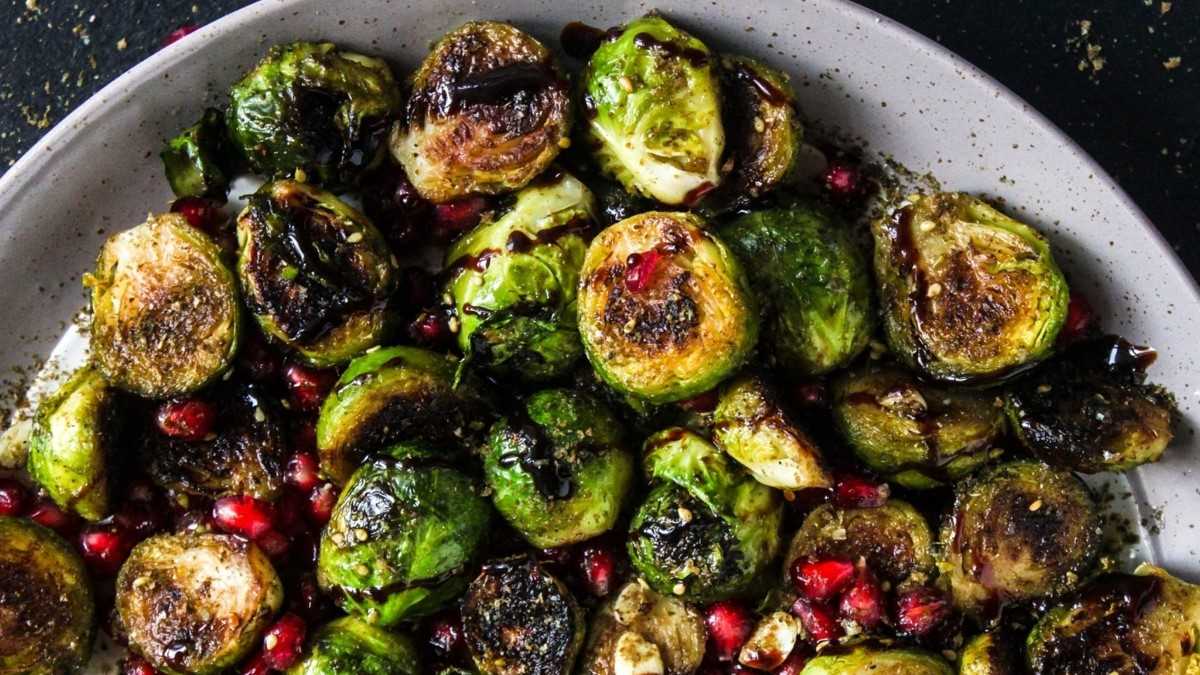
Take the onion husks and place them in a large pot. Make sure you have enough husks to cover the vegetables you’re going to cook.
4. Add Water
Pour enough water into the pot to cover the onion husks and vegetables. The water should be at least an inch above the ingredients.
5. Optional: Add Salt
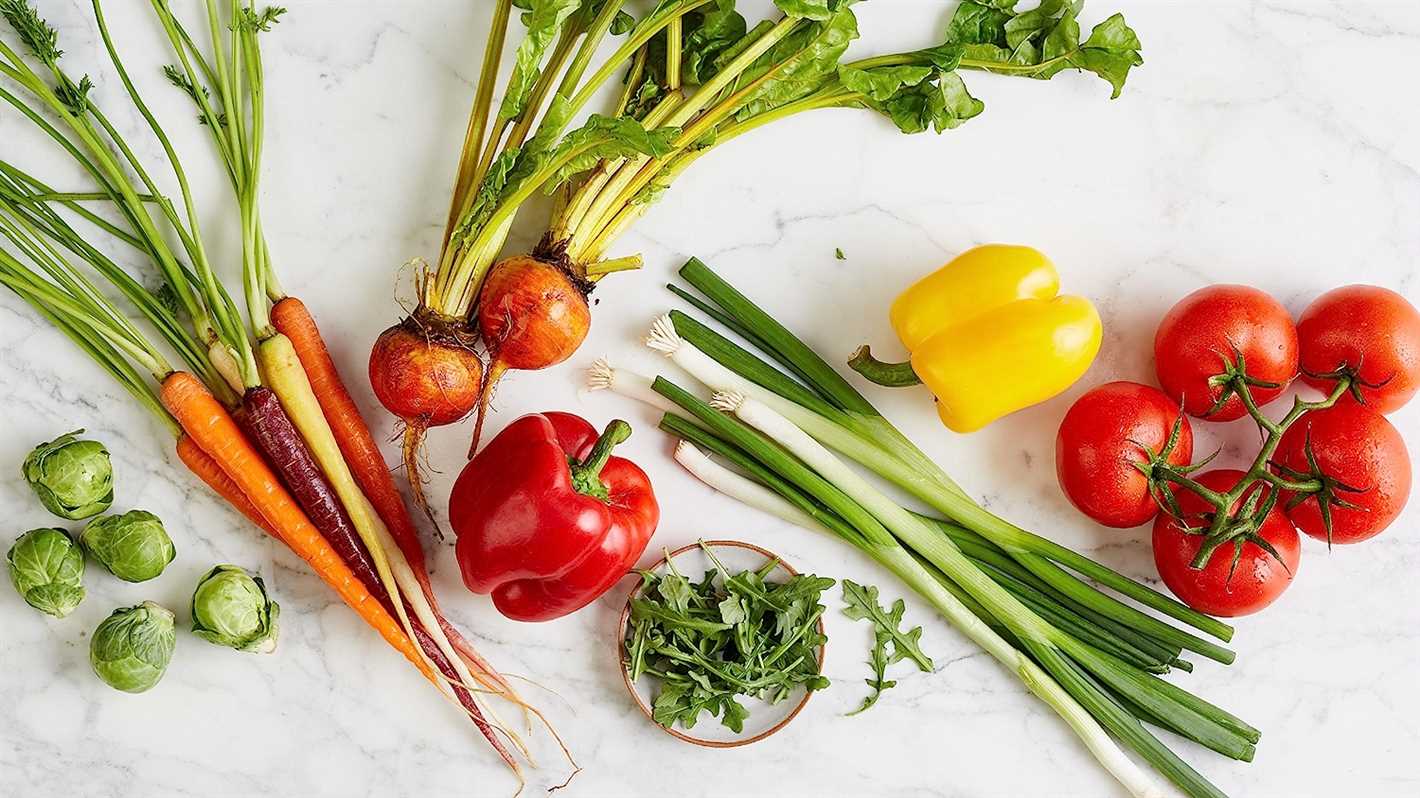
If desired, you can add a pinch of salt to enhance the flavor of the vegetables. Stir the water gently to mix in the salt.
6. Boil the Mixture
Place the pot on the stove over high heat and bring the water to a boil. Once the water is boiling, reduce the heat to medium and let the mixture simmer for about 20 minutes.
7. Check for Sweetness

After 20 minutes, check the vegetables for sweetness. Taste a piece to see if it has absorbed the sweet flavor from the onion husks. If the vegetables are not sweet enough, continue simmering for a few more minutes.
8. Remove the Vegetables
Using a slotted spoon, remove the vegetables from the pot and transfer them to a serving dish. Be careful not to include any onion husks in the serving.
9. Serve and Enjoy
Serve the sweetened vegetables as a side dish or incorporate them into your favorite recipes. Enjoy the unique flavor that the onion husks have brought to your vegetables!
Tips:
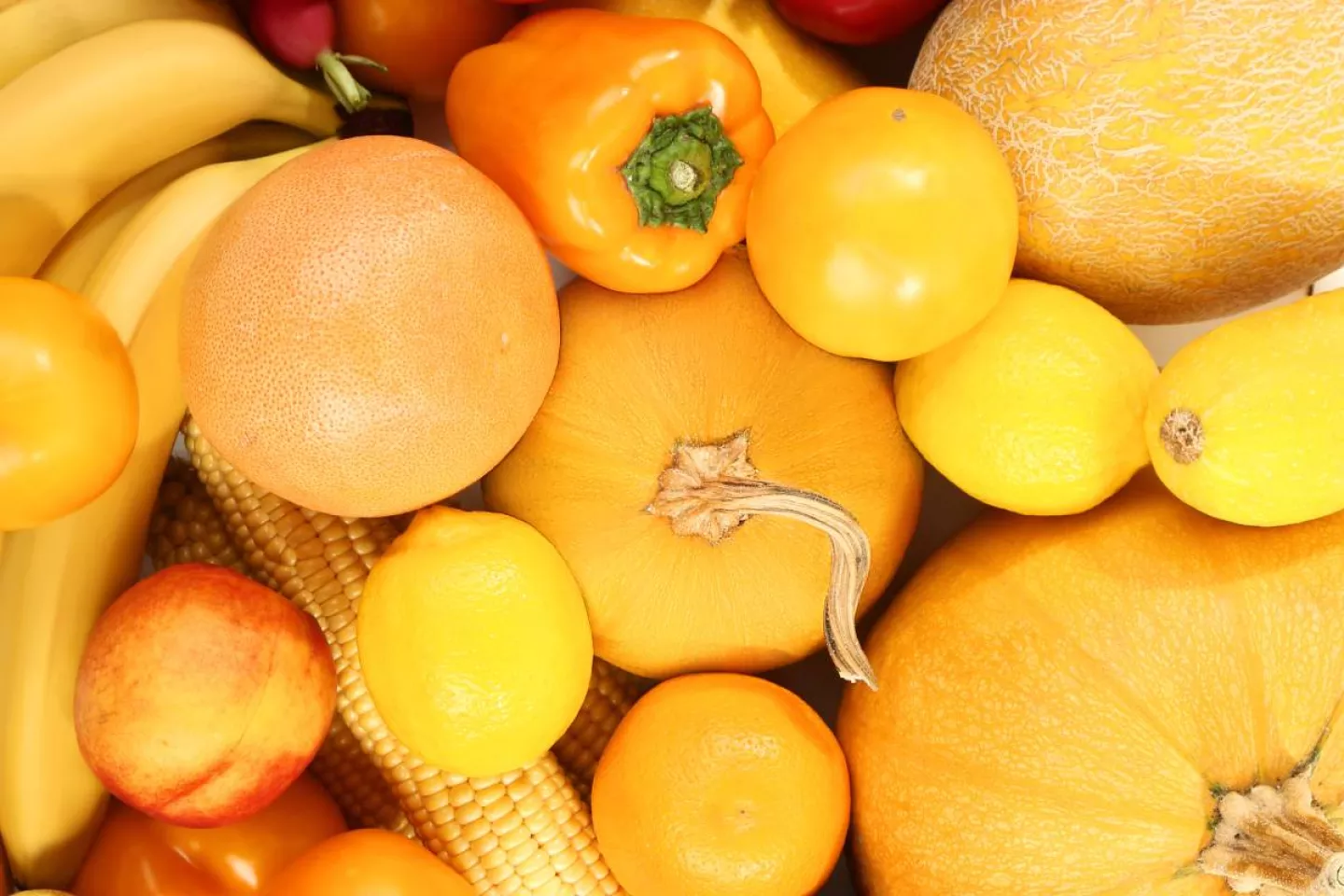
- Experiment with different vegetables to find your favorites to sweeten with onion husks.
- If you don’t have fresh onion husks, you can also use dried onion skins for a similar effect.
Common Mistakes to Avoid when Using Onion Husks for Sweetening Vegetables
While using onion husks to sweeten vegetables can be a useful technique, there are some common mistakes that people often make. Here are some things to avoid:
Using old or dry onion husks: The freshness of the onion husks plays a crucial role in their effectiveness. Using old or dry husks may not have the desired sweetening effect on the vegetables. It is recommended to use fresh onion husks for better results.
Not using enough onion husks: Using a sufficient amount of onion husks is important to achieve the desired sweetness in your vegetables. If you use too few husks, you may not get the desired flavor enhancement. It is recommended to use at least a handful of husks for a medium-sized pot of vegetables.
Mixing different types of onion husks: It is best to use onion husks from the same variety of onions to avoid altering the flavors of your vegetables. Mixing husks from different types of onions can result in unpredictable taste combinations and may not yield the desired results.
Adding husks at the wrong time: Timing is crucial when adding onion husks to your vegetables. Adding them too early in the cooking process may result in a mellowed flavor, while adding them too late may not allow enough time for the sweetness to infuse into the vegetables. It is recommended to add the husks when the vegetables are nearing their desired level of doneness.
Not adjusting other seasonings: While onion husks can add sweetness to your vegetables, it is important to not forget about other seasonings. Neglecting to adjust the amount of salt, pepper, or other spices in your recipe may result in an unbalanced flavor profile. Be sure to taste and adjust your seasonings accordingly.
By avoiding these common mistakes, you can enhance the sweetness of your vegetables with onion husks and create delicious and flavorful dishes.
Alternative Methods to Sweeten Vegetables Naturally
While using onion husks to sweeten vegetables is a great option, there are other natural methods to enhance their flavor. Here are some alternatives to consider:
1. Roasting
Roasting vegetables caramelizes their natural sugars, resulting in deliciously sweet flavors. Simply toss your vegetables with a little olive oil, salt, and pepper, and spread them out on a baking sheet. Roast in a preheated oven at 400°F (200°C) until they are browned and tender.
2. Grilling
Grilling vegetables adds a smoky and slightly sweet flavor to them. Brush your vegetables with a little oil and season with salt and pepper. Place them on a heated grill and cook until they are nicely charred and tender.
3. Glazing
Glazing vegetables involves cooking them in a sweet liquid to enhance their natural sweetness. You can use ingredients like honey, maple syrup, or balsamic vinegar to create a delicious glaze. Simply cook the vegetables in the glaze until they are tender and coated with a sticky, sweet sauce.
4. Steaming with Fruit
You can also sweeten vegetables by steaming them with fruits. Fruits like apples, pears, or raisins release natural sugars when heated, which can lend a subtle sweetness to the vegetables. Simply chop the fruits and add them to the steamer basket along with your vegetables.
5. Using Natural Sweeteners
In addition to onion husks, there are other natural sweeteners you can use to enhance the flavor of your vegetables. Options like cinnamon, nutmeg, ginger, or even a touch of brown sugar can add a hint of sweetness without overpowering the natural taste of the vegetables.
Experiment with these alternative methods to find the perfect balance of sweetness for your vegetables. Whether you choose to use onion husks or any of these other techniques, you can create delicious and naturally sweetened dishes that everyone will love.
Recipe Ideas for Sweetened Vegetables with Onion Husks
Sweet and Savory Roasted Root Vegetables
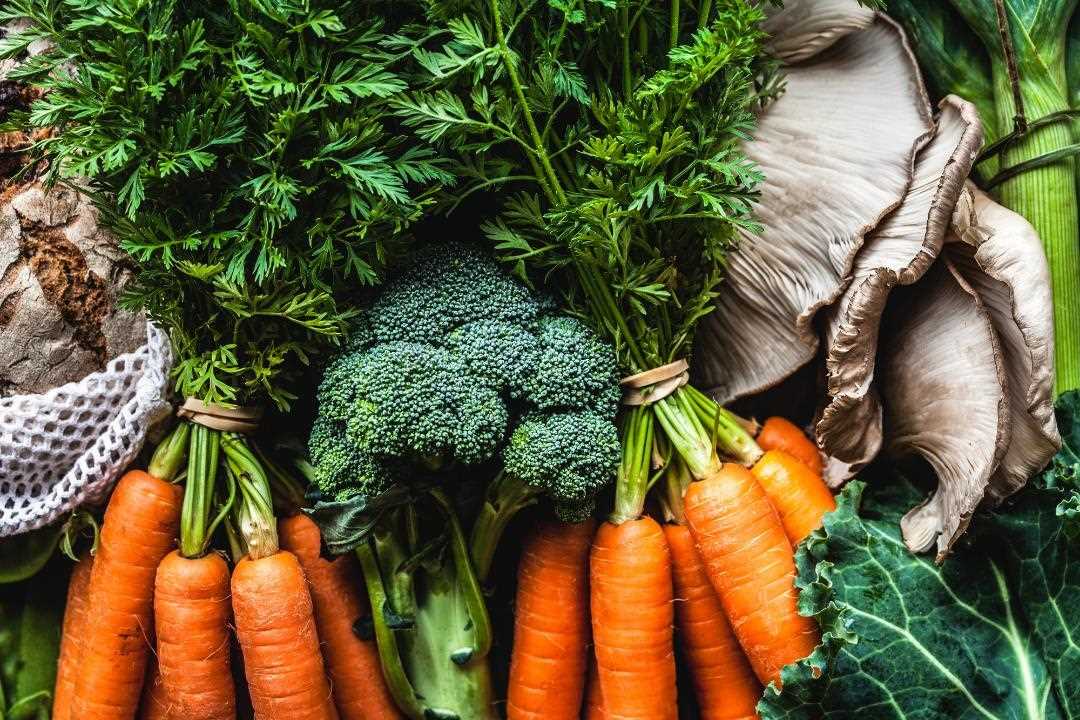
Add a touch of sweetness to your roasted vegetable medley by using onion husks. Here’s how:
- Preheat your oven to 400°F (200°C).
- Peel and chop your favorite root vegetables, such as carrots, potatoes, and parsnips.
- Save the outermost layer of onion husks and separate them from the onion.
- In a mixing bowl, toss the chopped root vegetables with olive oil, salt, pepper, and the onion husks.
- Spread the vegetables evenly on a baking sheet and roast for about 30 minutes or until they are tender, caramelized, and slightly sweet.
- Remove from the oven and serve as a side dish with your favorite main course.
Sweet and Tangy Asian Stir-Fried Vegetables
Elevate your stir-fried vegetables with the natural sweetness of onion husks. Follow these steps:
- Heat a wok or large skillet over high heat.
- Prepare your choice of vegetables, such as bell peppers, snap peas, carrots, and broccoli.
- Finely chop the onion husks and set them aside.
- Add oil to the heated pan and stir-fry the vegetables until they are crisp and tender.
- Stir in the chopped onion husks and a mixture of soy sauce, honey, and rice vinegar.
- Continue to stir-fry for another minute or until the sauce has thickened and the vegetables are coated.
- Remove from heat and serve with steamed rice or noodles for a complete meal.
Delicious Roasted Brussels Sprouts with Caramelized Onion Husks
Turn ordinary Brussels sprouts into a delectable side dish with the addition of caramelized onion husks. Here’s how:
- Preheat your oven to 425°F (220°C).
- Trim the Brussels sprouts and cut them in half.
- Thinly slice the onion husks and set them aside.
- In a mixing bowl, toss the Brussels sprouts with olive oil, salt, pepper, and the sliced onion husks.
- Spread the Brussels sprouts evenly on a baking sheet and roast for about 20-25 minutes or until they are crispy and caramelized.
- Remove from the oven and serve as a flavorful side dish.
| Recipe Name | Main Ingredients |
|---|---|
| Sweet and Savory Roasted Root Vegetables | Carrots, potatoes, parsnips, onion husks |
| Sweet and Tangy Asian Stir-Fried Vegetables | Bell peppers, snap peas, carrots, broccoli, onion husks |
| Delicious Roasted Brussels Sprouts with Caramelized Onion Husks | Brussels sprouts, onion husks |
“Question-Answer”
What is the secret to sweetening vegetables with onion husks?
The secret to sweetening vegetables with onion husks is to use them as a natural flavor enhancer. When you cook vegetables with onion husks, the natural sugars in the husks infuse into the vegetables, giving them a sweeter taste.
Which vegetables can be sweetened with onion husks?
Most vegetables can be sweetened with onion husks. Root vegetables such as carrots, parsnips, and potatoes are particularly good candidates for this method. However, you can also try sweetening other vegetables like broccoli, cauliflower, or green beans.
How do I use onion husks to sweeten vegetables?
To use onion husks to sweeten vegetables, you can first place the husks in a pot of water and bring it to a boil. Once the water is boiling, you can add your vegetables to the pot and cook them until they are tender. The natural sugars from the onion husks will infuse into the vegetables, making them sweeter.
Are onion husks safe to eat?
While onion husks are safe to eat, they are typically removed and discarded before consuming the cooked vegetables. The husks are used primarily for their flavor-enhancing properties and are not typically consumed themselves.
Can I use onion skins from different types of onions?
Yes, you can use onion skins from different types of onions to sweeten your vegetables. Red onions, yellow onions, and white onions all work well for this method. The choice of onion will affect the flavor profile of the vegetables, so you can experiment with different types to find your preferred taste.
What other benefits do onion husks provide besides sweetening vegetables?
In addition to sweetening vegetables, onion husks also offer a range of other benefits. They contain antioxidants, fiber, and various nutrients that can contribute to a healthy diet. Some studies suggest that onion husks may have anti-inflammatory and antibiotic properties as well.







